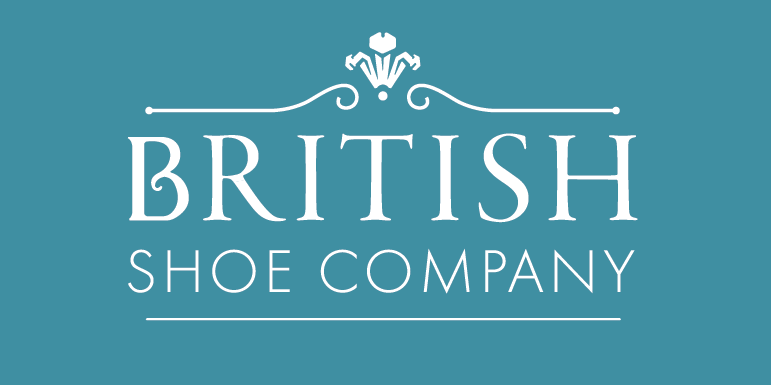October 25th is most famous for the Battle of Agincourt in 1415, famously portrayed in Shakespeare's Henry V. it has become A day more famous for the battles that occurred on it, than the Feast day it is.
This date is the feast day of Saints Crispin and Crispinian, believed to be twins, the patron saints of Cobblers, Currier's, tanners and leather workers.
There are two accounts of the brothers lives, firstly the more traditional telling.
Born to a noble Roman family in the 3rd century AD, Crispin and Crispinian fled persecution for their faith, ending up at Soissons, where they preached Christianity to the Gauls whilst making Shoes by night.
They earned enough through their shoe making to support themselves and to also aid the poor. Their success attracted the ire of Rictus Varus, the governor of Belgic Gaul, who had them tortured and thrown into the river with millstones around their necks. Though they survived, they were later beheaded by the Emperor Diocletian and Caesar Maximian c. 285–286.

Secondly a much later legend, first recorded, and elaborated, by Thomas Deloney in 1598 and supported by ancient local lore.
It is set in Faversham, Canterbury and an unnamed location of a battle in France. It may be during the time of Carausius, Britain’s ‘breakaway’ Roman emperor, who reigned from 286/7 to 293.
 In this version Crispin and Crispianus (a variant spelling) are sons of a native British prince who has been executed by the emperor. They are Christians, and, like the emperor himself, live in Canterbury. Their widowed mother realises that as they near manhood, their lives will be at risk not so much because of their faith but because they will be seen as a likely focus for discontent.
In this version Crispin and Crispianus (a variant spelling) are sons of a native British prince who has been executed by the emperor. They are Christians, and, like the emperor himself, live in Canterbury. Their widowed mother realises that as they near manhood, their lives will be at risk not so much because of their faith but because they will be seen as a likely focus for discontent.
She decides that for their own safety they need to disguise themselves and leave Canterbury. They set out on the Roman road to London (the present A2) and pause outside a shoemaker’s workshop in Faversham.
The staff sounded so cheerful and the atmosphere seemed so congenial that they decided to ask for seven-year apprenticeships. Offered these, they settle down and soon set up a cobblers shop and become champion shoe-makers in Faversham and live out the rest of their lives.

Their is a Plaque on the swan (A local Pub) in market street, which marks the spot where they are said to have lived.
The Faversham legend would appear to be nothing more than that, a legend, and irreconcilable with the earlier and more reliable telling of the story.

